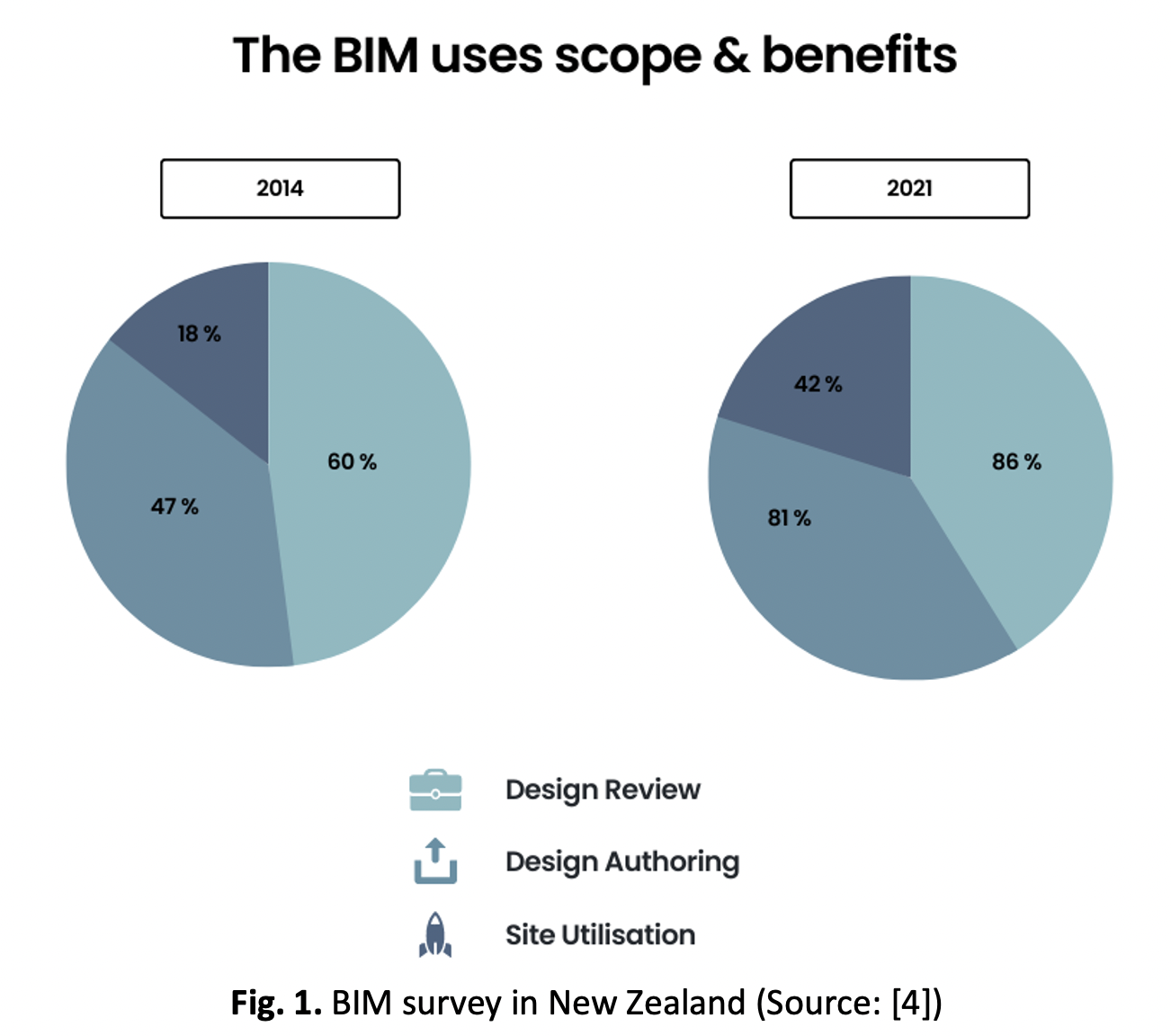The Effect of Technology Acceptance Model (TAM) Challenges in Building Information Modelling (BIM) Implementation in Relation to Malaysian Government Mandate
DOI:
https://doi.org/10.37934/araset.40.2.140151Keywords:
Building Information Modelling, Technology Acceptance Model, government mandate, government organization, construction managementAbstract
Technology Acceptance Model (TAM) is essential to the field of Building Information Modelling (BIM) implementation especially in the construction industry since the government mandate, it has become the key towards this perception as an obstacle of success. While innumerable studies focus on the way contractors, consultants and stakeholder acceptance towards BIM, therefore, it becomes a method for improvisation. However, up until present, limitation have been found for government staffs and perceptions regarding this manner. As to affirm, the government as well as its organization are the backbone of BIM utilization for every country. Research has shown that BIM is also influenced by the one who holds the authority by government mandating its usage strategies, and that representations are generally more effective than appeals from other users. Thus, this study aims and focuses on examines the emerging role of government organizations in the context of perceptions and acceptance towards BIM as well as the readiness of government mandate in facing challenges for Building Information Modelling (BIM) implementation in Malaysia. In this study, an online survey was distributed to government staffs that currently uses BIM across Malaysia. The obtained data were analyzed by statistical tools of IBM SPSS 28 to empirically test the correlation and impact of the proposed variable. The results showed that the TAM for BIM and well-structured government mandate will affect the challenges in BIM implementation. This paper has been organised in the following way. Starts with introduction, literature review, methodology, results and discussions. Finished with conclusions accordingly. Additionally, acceptance of BIM technology would initiate of minimizing the challenges faced by government staffs in Malaysia that involve in BIM. Good obtained values for TAM and government mandate variables in explanatory power, concluded this study. Further research is needed in this area of study to identify well-planned roadmap and proper guideline for government staffs in strengthening the effectiveness of BIM implementation in the future.
Downloads





























